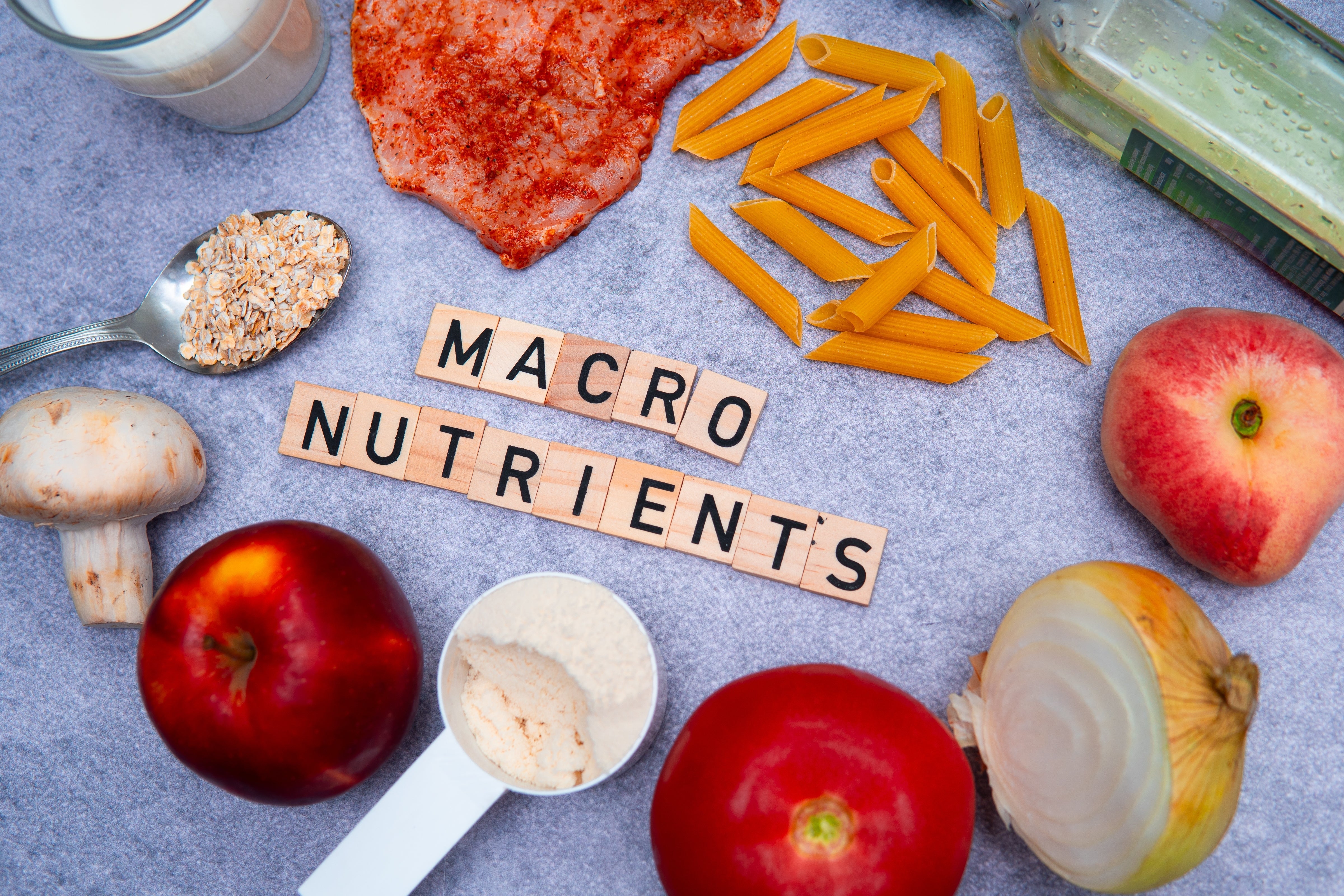Listen, I get it. Eating healthy sounds great in theory, but when you hit the grocery store and see that organic kale costs more than your Netflix subscription, it’s easy to think, Nope, I’m out.
But let’s talk real for a second—you don’t have to spend a fortune to eat well. Eating healthy on a budget is about strategy, not struggle. It’s about knowing what to buy, how to stretch your meals, and how to stock your kitchen without throwing your whole paycheck at overpriced health food trends.
So let’s break it down, step by step, so you can eat well, save money, and still have cash left for the fun stuff.
Step 1: Prioritize the Basics (Not the Fancy Stuff)
Forget about fancy superfoods, fancy packaging, and fancy marketing. Stick to whole, nutrient-dense foods that are versatile and affordable:
✅ Whole Grains – Oats, rice, quinoa, whole wheat pasta ✅ Beans & Lentils – Protein-packed, cheap, and last forever ✅ Frozen Fruits & Veggies – Just as nutritious as fresh, way more affordable ✅ Eggs – One of the best (and cheapest) sources of protein ✅ Canned Tuna & Salmon – A budget-friendly way to get omega-3s ✅ Nut Butters – High in protein, good fats, and lasts a long time ✅ Greek Yogurt – Packed with protein and probiotics (look for plain, not sugar-loaded) ✅ Seasonal Fresh Produce – Cheaper when it’s in season, and better tasting too
🚨 What to skip? Pre-cut fruit, trendy protein bars, bottled smoothies, and “health food” gimmicks that drain your wallet faster than you can say organic chia-infused coconut water.
Step 2: Plan Your Meals (Yes, Really)
If you’re buying random stuff and hoping it comes together in a meal later, you’re setting yourself up to waste food AND money.
✅ Start with a meal plan – Sketch out 5-7 days of meals (breakfast, lunch, dinner, and snacks). ✅ Choose recipes with overlapping ingredients – If you buy spinach for one meal, use it in another to avoid waste. ✅ Make a shopping list & stick to it – Impulse buys are where your grocery budget goes to die.
📌 Pro Tip: Batch cook your meals so you can grab and go instead of buying takeout.
Step 3: The Power of Buying in Bulk
Buying in bulk is one of the easiest ways to save money on healthy food. Things like:
✔️ Rice, oats, and quinoa – A giant bag lasts for months ✔️ Beans and lentils – Cheaper dry than canned, but both work ✔️ Frozen chicken, fish, or meat – Buy on sale and freeze ✔️ Nuts and seeds – Way more affordable in bulk vs. tiny snack bags
🚨 Just don’t fall into the bulk-buying trap of getting 10 pounds of something you’ll never actually eat. Stick to what you know you’ll use.
Step 4: Master the Art of Cooking Cheap & Healthy Meals
If you’re thinking, But I don’t have time to cook!—I hear you. But fast food adds up and doesn’t keep you full. Instead, stick with easy, budget-friendly meals like these:
🥑 Overnight Oats – Oats, milk (or dairy-free), peanut butter, banana 🍳 Egg & Veggie Scramble – Eggs, spinach, tomatoes, whole wheat toast 🍗 Slow Cooker Chicken & Rice – Chicken thighs, rice, veggies, broth 🥗 Lentil & Veggie Soup – Lentils, carrots, celery, onions, spices 🥙 Tuna Salad Wrap – Canned tuna, Greek yogurt, mustard, lettuce, whole wheat wrap
📌 Pro Tip: Cooking at home saves you at least $50-100 per week compared to eating out. That’s like $$2,600 to$$5,200 a year you could put toward something better than overpriced salads.
Step 5: Save Money While Grocery Shopping
🚀 Shop Store Brands – They’re usually just as good as name brands but way cheaper. 🚀 Go for Discount Stores – Aldi, Trader Joe’s, Walmart—they have great healthy finds. 🚀 Use Grocery Apps & Coupons – There are SO many deals if you take 5 minutes to check. 🚀 Buy Frozen Over Fresh (Sometimes) – Frozen veggies, berries, and fish can be 50% cheaper and last way longer.
Step 6: Be Smart About Eating Out
If you want to eat out without blowing your budget, try these:
🍽️ Look for budget-friendly spots – Places with healthy bowls, salads, and wraps are usually cheaper than sit-down restaurants. 🍽️ Order smart – Skip the drink and get water (it’s free). 🍽️ Portion control – Take half your meal home for lunch tomorrow.
Eating out should be a treat, not a habit. A single meal out can cost the same as three home-cooked meals—so choose wisely.
Final Thoughts: Eating Healthy on a Budget IS Possible
Let’s be clear—healthy eating doesn’t have to be expensive. You just need a game plan:
🔥 Focus on affordable, nutrient-dense foods. 🔥 Plan your meals and avoid waste. 🔥 Buy in bulk and cook at home. 🔥 Use grocery hacks to save money. 🔥 Be intentional when eating out.
And most importantly—don’t let the “healthy eating is expensive” myth hold you back. It’s totally possible to fuel your body, eat well, and stay within your budget. You got this.
References
-
Drewnowski, A., & Rehm, C. D. (2013). "Energy and nutrient density of foods in relation to their price per calorie." The American Journal of Clinical Nutrition.
-
Fulgoni, V. L., Keast, D. R., & Drewnowski, A. (2011). "Nutrient-rich foods: Associations with diet quality and health outcomes." Journal of Food Science and Nutrition.
-
Monsivais, P., Aggarwal, A., & Drewnowski, A. (2012). "Are healthier foods more expensive? A review of the evidence." The British Journal of Nutrition.
-
USDA Economic Research Service. (2020). "The cost of food at home vs. away from home: A budget comparison."
Meet Fitnexa, your AI-driven companion that turns everyday habits into a positive, uplifting journey. From effortless meal analysis (including recipe suggestions) to personalized coaching and real-time support, Fitnexa keeps you on track toward lasting wellness — so you can stay younger, live longer.







Leave a comment
This site is protected by hCaptcha and the hCaptcha Privacy Policy and Terms of Service apply.